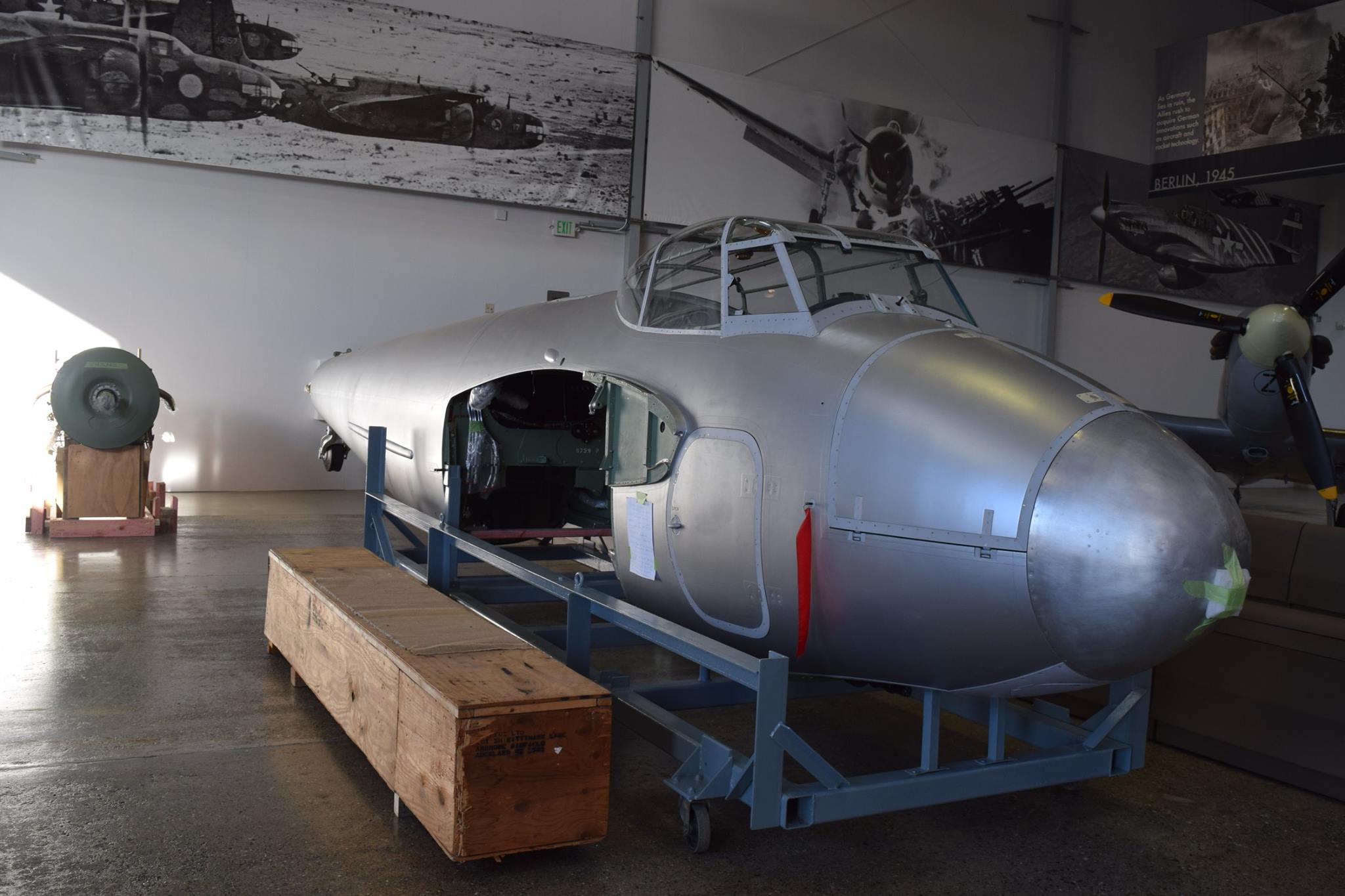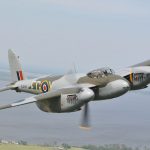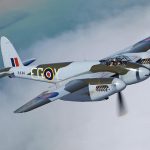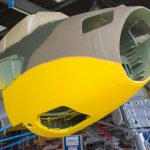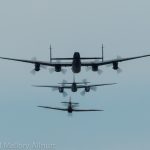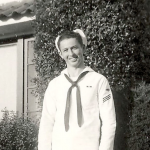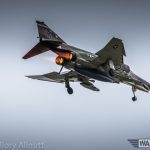Yesterday, another jewel for Paul Allen’s Flying Heritage Collection arrived at the organization’s Paine Field facility in Everett, Washington, after a long journey by sea from New Zealand. Museum staff carefully unloaded the de Havilland Mosquito T Mk.III, RAF serial TV959, from her 40ft container and rolled her inside for eventual reassembly. This is the second Mosquito that AVspecs Ltd. has restored to pristine flying condition at their base in Auckland, New Zealand. The other flyer is Jerry Yagen’s FB.Mk.26 KA114, but there are several more examples in the works.
The Flying Heritage Collection’s newly-restored Mosquito rolled off deHavilland’s production line in Leavesden, England in mid-1945 as a training variant of the famous WWII, multi-role combat aircraft. She was too late to see wartime service, joining the Royal Air Force in August that year. TV959 survived to be among the last handful of the type to retire from RAF service in 1963. Her only real claim to fame, other than being a rare survivor of the breed, is that she took part in the classic, though wholly fictitious, 1964 war film, 633 Squadron, appearing as MM398 (coded HT-P) during cockpit and ground sequences. The Imperial War Museum acquired TV959 following filming, and displayed the Mosquito for many years at their facility in Lambeth, London, but sadly not before sawing off her starboard wing so that she would fit the exhibit hall! With another Mosquito in their collection (also a veteran of 633 Squadron), IWM sold her on to The Fighter Collection at Duxford in the early 1990s, who in turn sold her to Paul Allen in 2003. TV959 arrived at AVspecs in May, 2011, and they made fast work on getting the ‘wooden wonder’ flying again. She made her first post-rebuild flight this past September, and once the requisite hours were on the clock, the restoration team disassembled the warbird for transport to the USA. Whilst TV959 retains some of her trainer variant features, Paul Allen had AVspecs configure her more like a wartime FB.Mk.VI fighter-bomber. The currently silver-doped airframe, left as such in tribute to the similarly painted, post-war RNZAF examples, will gain a suitable WWII camouflage scheme before too long.
More details and photos will follow very soon. Thanks to Cory Graff at FHC for providing the details for this piece.







